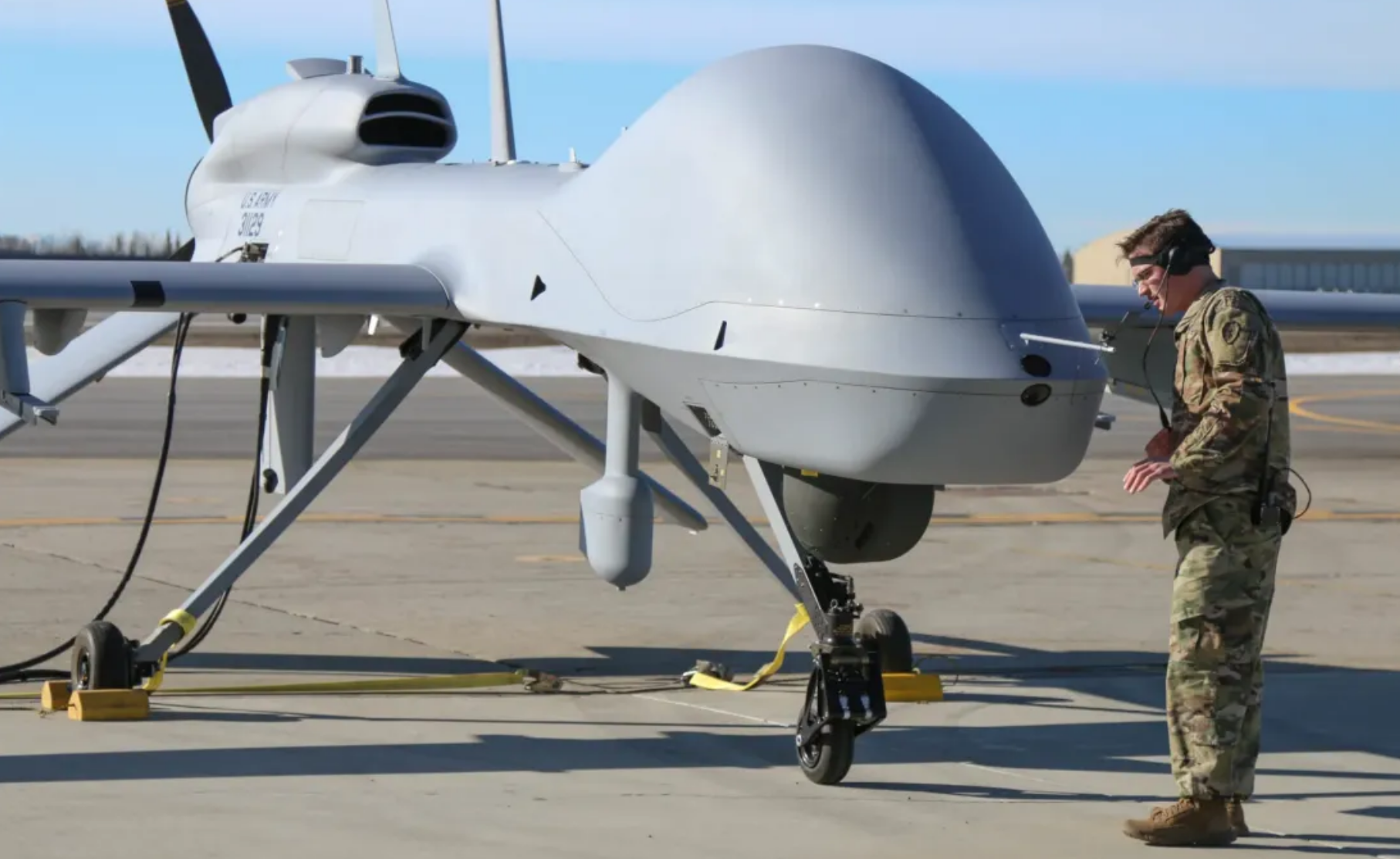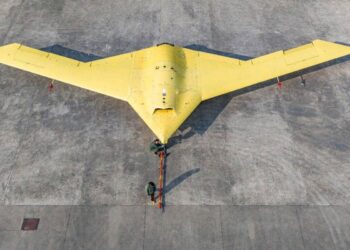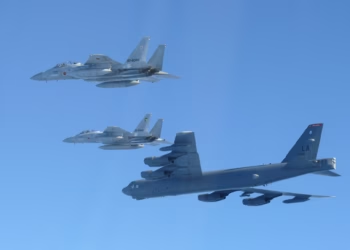WASHINGTON (Realist English). The U.S. Army will end procurement of its MQ-1C Gray Eagle armed drones as part of a broader modernization strategy aimed at reducing battlefield vulnerability and adapting to high-intensity conflict against technologically advanced adversaries. The decision was detailed in a joint memorandum issued by Army Chief of Staff General Randy George and Army Secretary Dan Driscoll, released earlier this week.
“We will stop procuring outdated manned helicopters such as the AH-64D, and legacy unmanned systems such as the Gray Eagle,” the document states. The restructuring aims to make the Army “leaner and more lethal” by shedding redundant systems and investing in emerging technologies better suited for contested environments.
The MQ-1C Gray Eagle, developed by General Atomics and derived from the Predator UAV, entered service in the late 2000s. It has been used for surveillance, targeting, and precision strikes, with over 200 units delivered as of 2019 — including the extended-range variant. However, the platform’s survivability has been increasingly questioned due to advances in enemy air defenses and electronic warfare capabilities.
Despite the Pentagon’s pivot, General Atomics maintains that demand for the Gray Eagle remains strong. Company spokesman Mark Brinkley commented, “When we talk to soldiers who’ve flown the Gray Eagle in combat, the message is clear: the Army needs more of these drones, not fewer.”
Still, defense planners are placing greater emphasis on scalable, low-cost, and adaptable systems — particularly drone swarms capable of saturating and overwhelming enemy defenses. This strategic vision is reflected in a separate memo from Defense Secretary Pete Hegseth, who has called on the military to eliminate “redundant and ineffective” platforms in favor of more agile capabilities.
Meanwhile, General Atomics continues to upgrade the Gray Eagle line. The newly developed Gray Eagle 25M, which completed its first flight in December 2023, features an enhanced engine, upgraded computing power, and modular architecture for rapid integration of new sensors and weapons. A short takeoff and landing (STOL) version is also in development to operate from austere environments.


















